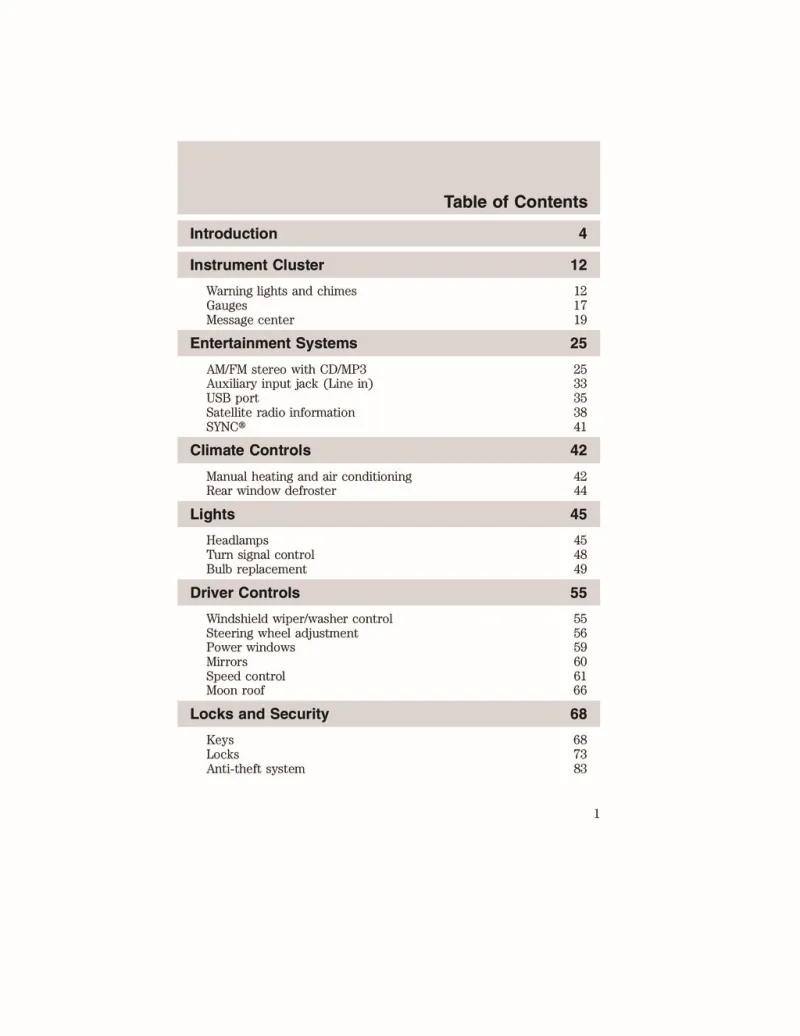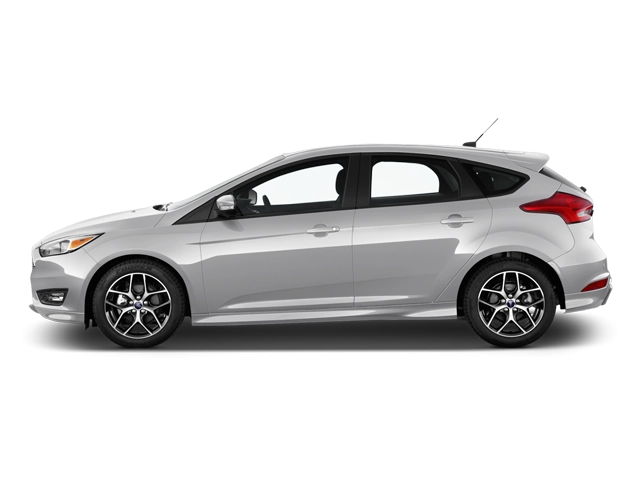2010 Ford Focus Owner's Manual

Table of Contents
2010 Ford Focus Overview
Introduction
The 2010 Ford Focus captures the essence of compact car versatility, combining attractive style with practical performance. Known for its nimble handling and efficient use of space, the Focus appeals to a wide audience from young professionals to families. The model year unveils a refreshed exterior design, underlined by a modern front grille and sleek lines, reflecting both sophistication and sportiness.
Powertrains
The 2010 Focus offers a balanced lineup of efficient powertrains. Its standard engine is a 2.0-liter four-cylinder that delivers 143 horsepower and is coupled with either a five-speed manual or a four-speed automatic transmission. For buyers seeking enhanced fuel efficiency, the Focus also features a 2.0-liter four-cylinder engine with a 2.0-liter Flex Fuel variant, allowing for a blend of gasoline and ethanol. This powertrain setup ensures an optimal driving experience with competitive mileage, appealing to the environmentally conscious driver.
Trims
The 2010 Ford Focus is available in several trims, including S, SE, SEL, and the sporty SES. The base S trim offers essential features, while the SE adds amenities such as power windows and mirrors. The upscale SEL enhances comfort with additional technology and interior upgrades, while the SES trim emphasizes sportiness with unique styling cues and enhanced handling features, catering to diverse preferences.
Features
Owners Manual
The 2010 Ford Focus owner’s manual serves as a vital resource for understanding the car’s functionality and maintenance requirements. It provides detailed instructions covering everything from routine maintenance schedules to troubleshooting common issues, ensuring that owners can manage their vehicle effectively and keep it running smoothly for years to come.
User manual download
The Ford Focus owner manual for the 2010 model year is to be found in PDF downloadable format on this page. The owner manual for the model year 2010 is free and in English, but the repair manuals are usually not easy to get and may cost more.
Manual Questions
Fill the form below and someone will help you!

